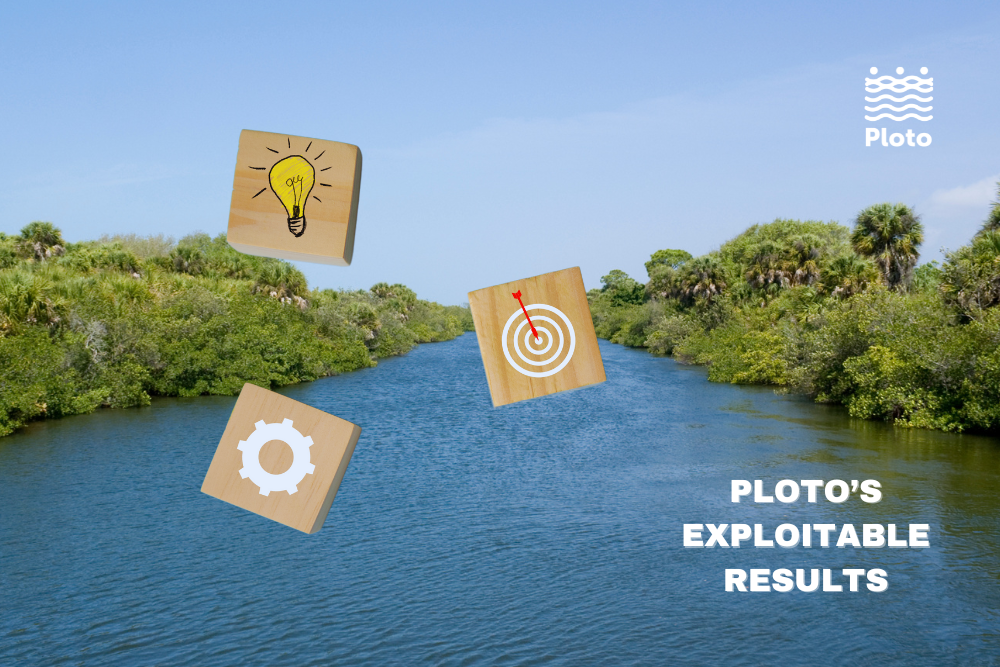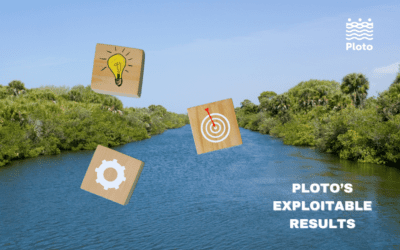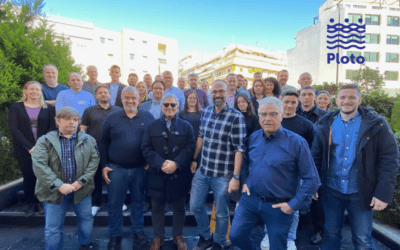Everyone has a different interpretation of risk. In business, risks are understood as threats to the operation and profitability of an organization. The assessment of risk then becomes a process of identifying pertinent threats and rating their likelihood and impact. In insurance parlance, risk is the overall insured value of assets, so its assessment mainly involves a process of inventorying. When talking to catastrophe modelers, though, risk is a substantially more complex concept, involving myriads of natural hazard scenarios, each with its own frequency of occurrence (or exceedance) and the associated distribution of likely impacts. This complex probabilistic simulation in PLOTO is handled by the Risk Assessment Engine (RAE), developed by NTUA. RAE sits at the core of the IWAT integrated platform and it is tasked with combining: (i) hazard events, e.g., storms and earthquakes with information on how much rain, how strong an earthquake, and how often; (ii) fragility functions, or estimates of damage given the hazard intensity; (iii) consequence functions, i.e., estimates of impact given the damage; and recovery scenarios, i.e., how quickly and by when do we return to normal. Most importantly, this is performed for all assets of the case study Inland Water Ways and associated hinterland infrastructure and for each single potential event. RAE considers millions of such scenarios to derive a database of consequences in the form of direct (i.e., costs to repair) and indirect (loss of business) impacts for the assets at risk. It offers both long-term predictions, establishing the expected performance of the facilities over their lifetime, as well as short-term predictions, using, e.g., weather stations and weather forecasts to provide an estimate of expected impact in the near future.
Written by Dimitrios Vamvatsikos, Christos G. Lachanas, (National Technical University of Athens) and Vasileios E. Melissianos (Societal Resilience & Climate Change)



